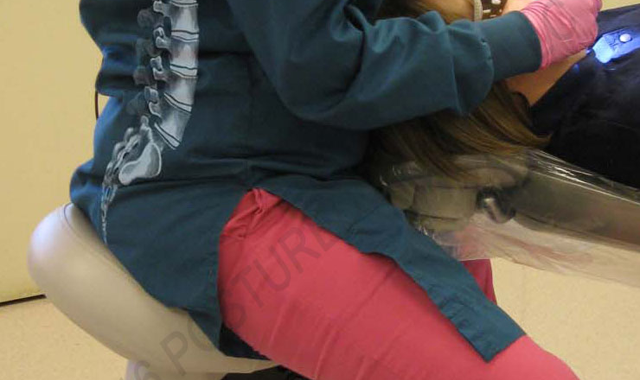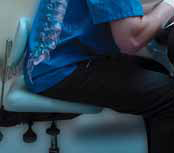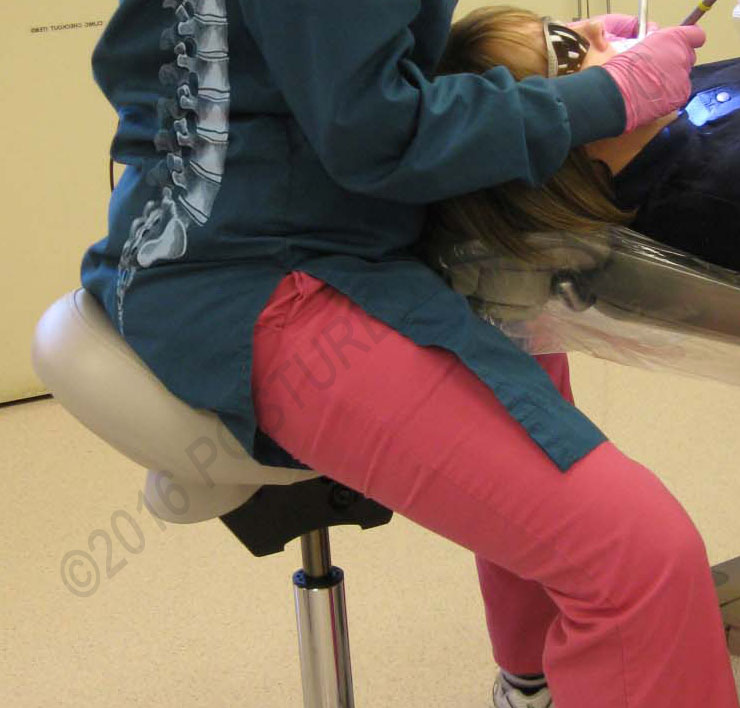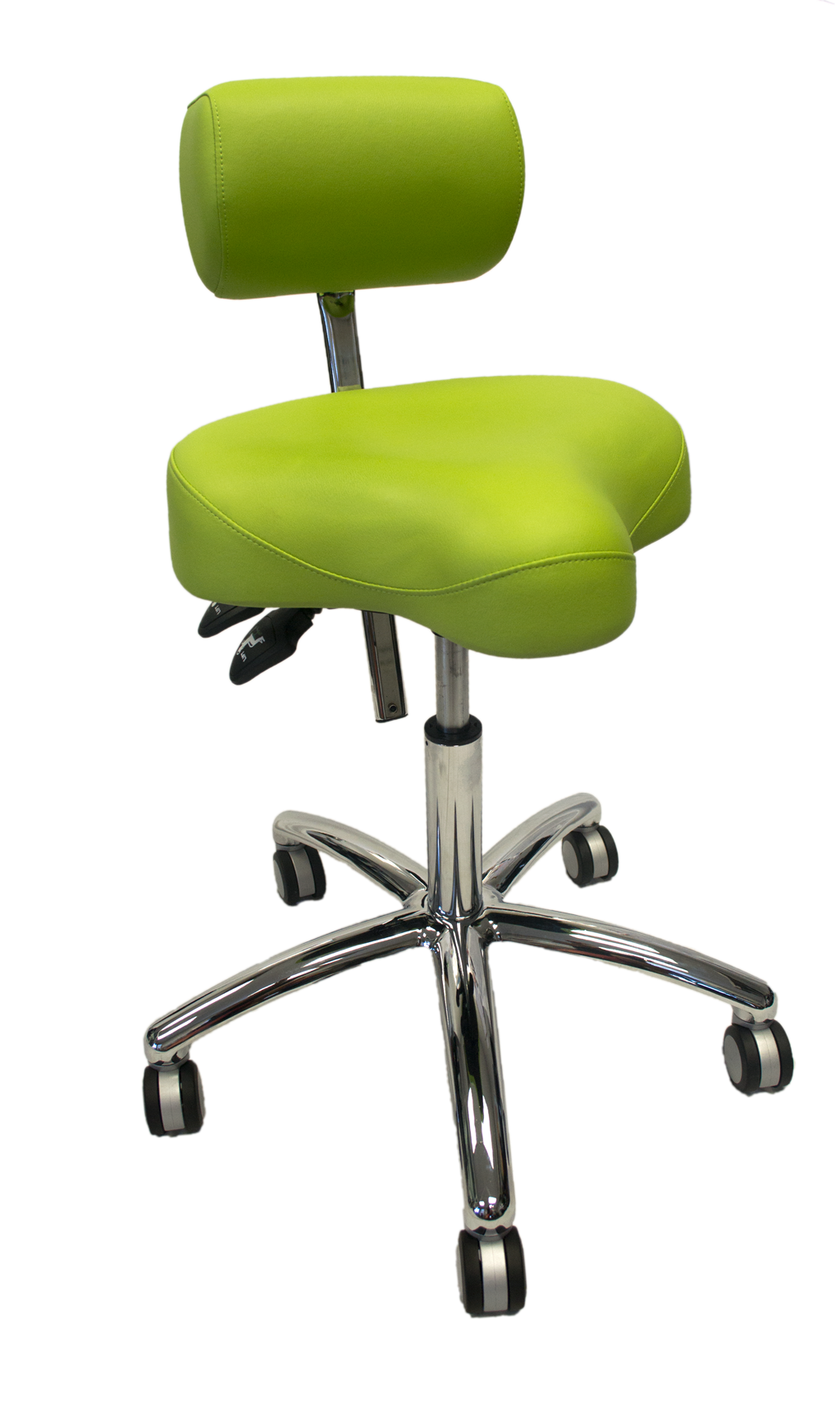Are right angles... wrong?
For years, sitting with your hips at a 90-degree angle was thought to be ideal. But research suggests otherwise.

What do many seated dentists have in common with a box? 90-degree angles; of the hips, knees and elbows. Why? At some point in the transition to seated dentistry, it was decided that the perfect position of the seated dentist should be with the body’s major joints at right angles. And it stuck, until recently.
If you are sitting right now, the probability is high that you are seated in a chair with a flat seat. If so, don’t move your spine. Place one hand on your low back and feel the position of your lumbar spine. Without moving your hand, scoot to the edge of your seat so that your thighs slope downward. Did you feel the position of your lumbar spine change? If you are like most people, the spine moved from flat to a curved position.
More from Dr. Valachi: The top exercises that can worsen dentists' health
Fig. 1

This is one reason operators may intuitively ‘perch’ on the edge of a flat seat-to place their spines in a more balanced posture.
Most dentists and hygienists were taught in school to sit with thighs parallel to the floor, or hips at a 90-degree angle. This paradigm for seated work has been widely accepted for generations, and may be due, in part, to the design of early operator chairs, which featured flat, non-adjustable seat design. The nature of dentistry makes intermittent forward leaning virtually unavoidable. This combination of thighs parallel to the floor with forward leaning causes the pelvis to roll backward and flatten the low back curve (Fig. 1). Research shows that this flattening of the lumbar curve has detrimental effects upon both the spinal musculature and discs. Muscular activity in the lower back increases, which can cause ischemia and painful trigger points. Pressure within the disc also increases, which can lead to premature disc degeneration. Research therefore supports the concept of positioning hips higher than knees, allowing for increased hip angle with lower associated low back muscle activity and disc pressure. Chairs with a tilting seat feature open the hip angle to about 110 degrees, (saddle-style stools to about 135 degrees) which helps maintain the low back curve, decreases disc pressure, enables closer positioning to the patient and may help reduce low back pain (Fig. 2).
Related reading: Are dental loops improving or worsening your neck health?
Fig. 2

Maintaining this essential low back curve also places the spinal curves above it in a more balanced posture, minimizing strain on the other spinal discs, muscles and ligaments while working.
When selecting your next operator stool, keep in mind the following facts in mind:
• Sitting with a large trunk-to-thigh angle (saddle-style stool) reduces activation of your paraspinal (lumbar) musculature, and increases abdominal muscle activity.
• Adding a backrest to a saddle-style stool reduces that abdominal activity.
• A saddle stool seat alone may cause some individuals to sit with excessive lumbar lordosis.
Therefore, a saddle or saddle-style stool that allows the thighs to slope steeply downward, combined with a backrest may be the most optimal combination to reduce muscle strain and promote the most neutral posture while working (Fig. 3).
Trending article: The four ergonomic 'must-haves' in a patient chair
Fig. 3

Remember that this type of stool must be correctly adjusted to properly support you. Many manufacturers add a tilt feature to a saddle stool. I recommend most saddle-style stools be left flat, so your pelvis is in a neutral position. Tilting a saddle seat forward can cause hyperlordosis and lead to low back pain. The height of the stool should be such that your thighs are angled downward at a 45-degree angle.
Making the right choice when it comes to purchasing new dental equipment means not only staying on top of the current research, but also questioning the entrenched ideas that have been in place for decades!